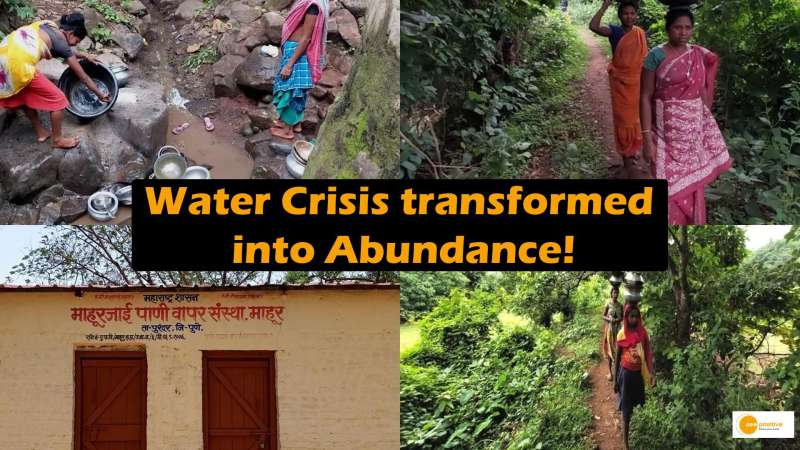

Bada Gobindpur, a tribal village in Jharkhand, was plagued by water scarcity for years. However, an innovative rainwater harvesting project initiated by the Tata Steel Rural Development Society (TSRDS), the village has overcome its water woes. By collecting rainwater from rooftops and channeling it into underground storage units, the villagers have not only secured a year-round water supply but also eliminated their dependence on polluted rivers. Let’s explore how this simple yet effective solution has changed lives in Bada Gobindpur.
Revolutionizing Water Management
Previously, Bada Gobindpur relied on a few handpumps and wells for water, causing severe scarcity, particularly during the scorching summers. Additionally, the nearby Mahadev Nala and Lavabhanga Nala, once potential water sources, were contaminated by industrial waste. Seeking a solution, the villagers approached TSRDS, which introduced rainwater harvesting as a sustainable water management practice.
Harnessing Rainwater
Villagers were taught how to collect rainwater efficiently by installing a simple system. Rainwater from rooftops was directed through pipes, known as canoes, into small pits dug near each house. These pits were interconnected via underground pipes, leading the water to a nearby well, ensuring proper storage. By harvesting rainwater runoff, the groundwater level rose significantly, resolving the village’s water crisis.
A Year-Round Water Supply
The impact of rainwater harvesting was transformative. Previously dry wells and handpumps now provide water throughout the year, even during the driest months. The stored rainwater in wells ensures a constant and reliable supply within a 200-foot radius of the village, benefiting approximately 150 families. This achievement has alleviated the burden of water scarcity and reduced the need to seek alternative sources.
Community Collaboration and Expansion
The success of the rainwater harvesting project in Bada Gobindpur is attributed to the collective efforts of the villagers, local leaders, and panchayat representatives. The initiative received overwhelming support, encouraging the community’s active participation. The village head and panchayat representatives have expressed their desire for similar projects to be implemented across Jharkhand, emphasizing the need for industries and the government to step forward and support such initiatives.
A Cleaner Alternative to Polluted Rivers
Despite being near two rivers, Garhda and nearby villages, the water was no longer suitable for use due to industrial pollution. The villagers had witnessed the devastating effects of factory waste on these rivers, rendering the water unsafe for irrigation and other purposes. However, with the implementation of rainwater harvesting, the villagers now have access to clean and reliable water from wells and handpumps, eliminating their reliance on polluted rivers.
Conclusion
The success story of Bada Gobindpur showcases the immense potential of rainwater harvesting in addressing water scarcity and promoting sustainability. By collecting every drop of rain, this village has transformed its water crisis into an abundance of clean water. The initiative not only provides a practical solution to water scarcity but also serves as an inspiration for other communities to embrace similar practices. Through collective efforts and innovative approaches, we can ensure a brighter and water-secure future for all.


